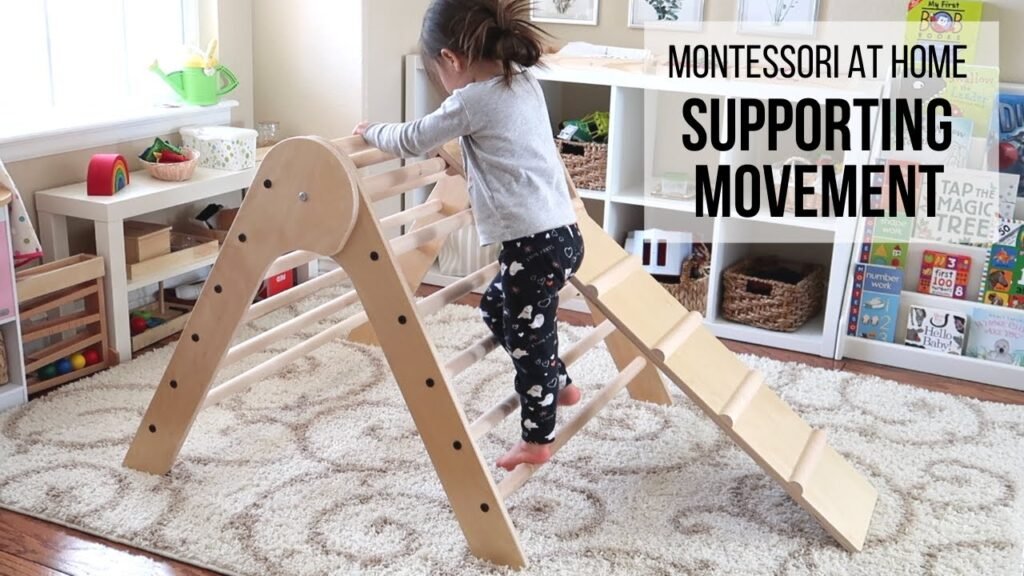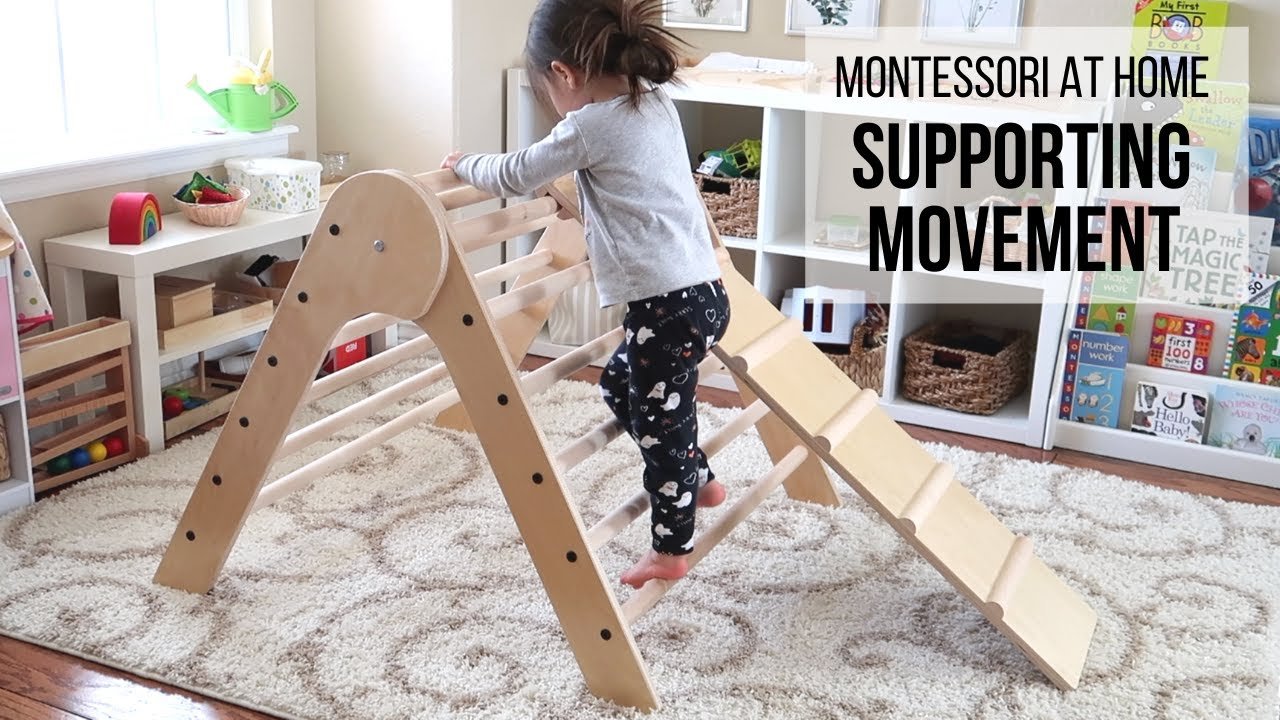You are here to learn about how to support Montessori-inspired gross motor skills at home. In a video by Hapa Family, they discuss the importance of movement for children, especially during quarantine. Children have a natural need to move for their development, and parents should observe and support their child’s gross motor skills development by providing activities like tummy time, open floor space, balance bikes, and play tunnels. The video also touches on the RIE Approach to parenting, which has common principles with Montessori philosophies, emphasizing natural gross motor development in children.
If you find that your child is full of energy and constantly on the move, it’s important to understand their focus on gross motor development. From rolling over to learning how to walk, children go through important gross motor milestones that should be supported and encouraged. Instead of trying to engage your child in shelf activities, follow their lead and provide them with opportunities to practice their movement skills, whether it’s climbing, sliding, or running around. Remember, children have a natural urge to master these gross motor movements, so it’s essential to allow them the freedom to do so in your Montessori home.
Importance of Gross Motor Skills Development
Children’s movement serves as a crucial aspect of their growth and development, aiding them in exploring and navigating the world around them effectively. From a young age, children exhibit a natural inclination towards movement, which plays a pivotal role in their overall physical, cognitive, and emotional development. This innate desire to move is evident from birth, where babies start engaging in basic motor activities like kicking, reaching, rolling, sitting, crawling, standing, and eventually walking. As children progress through various stages of growth, they continuously refine their gross motor skills, enhancing muscle tone, coordination, and strength.
Sensitive periods for movement starting at birth
Sensitive periods are critical phases in a child’s development marked by heightened receptivity and interest in specific skills. The sensitive period for movement commences at birth and extends up to around two to two and a half years of age. During this period, children demonstrate a keen focus on enhancing their gross motor skills, laying the foundation for their physical capabilities. Parents play a significant role in recognizing and nurturing these sensitive periods by facilitating an environment that promotes movement and exploration, fostering the child’s overall development.
Observing and Supporting Your Child’s Gross Motor Skills Development
As a parent, observing your child’s movements and interactions can provide valuable insights into their development and needs. By actively monitoring your child’s behaviors, preferences, and capabilities, you can gain a better understanding of how to support and encourage their gross motor skills development effectively. Through careful observation, parents can tailor activities and environments to suit the child’s specific requirements, fostering growth and proficiency in essential motor skills.
Ways to support and encourage gross motor skills development
Incorporating various activities and techniques can enhance your child’s gross motor skills development significantly. Encouraging regular physical play, providing ample time for movement, and creating opportunities for outdoor exploration are essential steps in promoting healthy development. By utilizing indoor equipment like balls, balance bikes, play tunnels, and self-propelled cars, parents can facilitate engaging and active play sessions that stimulate gross motor skill enhancement. Additionally, establishing a conducive environment with open floor space encourages children to move freely, improving coordination, balance, and strength.

Promoting Gross Motor Skills Development Indoors
While outdoor environments offer expansive opportunities for gross motor skill development, creating stimulating indoor spaces can also contribute significantly to a child’s physical growth. Indoor activities that focus on enhancing gross motor skills include tummy time exercises for infants, allowing them to strengthen critical muscles and improve coordination. By incorporating open floor layouts, children can engage in activities that promote balance, agility, and spatial awareness within a safe and controlled setting. Furthermore, engaging in natural outdoor exploration and utilizing indoor equipment like balls, bikes, and tunnels can further enhance a child’s gross motor development.
Utilizing tummy time for infants
Tummy time exercises play a crucial role in infants’ motor skill development, aiding in strengthening neck and core muscles essential for later milestones like sitting and crawling. By engaging infants in tummy time activities regularly, parents can facilitate the natural progression of their child’s physical capabilities, laying a strong foundation for future gross motor skills.
Creating open floor space for movement
Establishing open floor spaces within the home provides children with opportunities for unstructured movement and play, fostering gross motor skill development in a safe and controlled environment. By allowing children to move freely and explore their surroundings, parents can support the enhancement of balance, coordination, and muscle strength essential for overall physical development.
Encouraging natural outdoor exploration
Encouraging children to engage in outdoor exploration promotes gross motor skill development while providing valuable sensory experiences. By allowing children to interact with nature, navigate different terrains, and engage in physical play outdoors, parents can support the development of vital motor skills, endurance, and spatial awareness.
Using indoor equipment like balls, self-propelled cars, balance bikes, and play tunnels
Incorporating indoor equipment like balls, self-propelled cars, balance bikes, and play tunnels into play routines can enhance gross motor skill development in children. These engaging tools offer opportunities for active movement, coordination challenges, and balance exercises, contributing to the overall physical growth and well-being of the child.
Stay tuned for the next section of this article to learn more about setting up obstacle courses and utilizing a Pickler Triangle to further support gross motor skills development.

